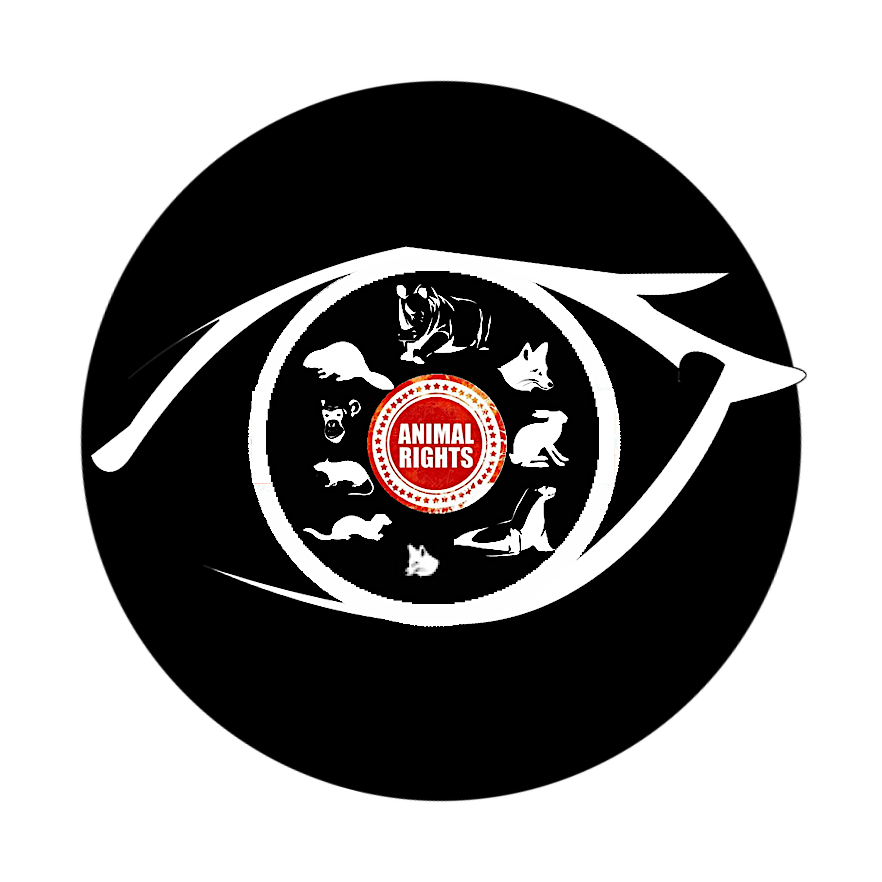The ‘Bambi’ Effect: The many downsides of ‘babifying’ cute animals
“Cute” is not neutral. Big eyes, round faces, bobble-headed proportions trigger caretaking impulses and lower our guard. Once an animal is framed as a baby, interference feels like love and access feels like care. That framing travels: It softens wildlife encounters, justifies “hands-on” selfies, and underwrites a pet market that literally breeds infant-like traits into adult dogs at real welfare costs. That visibility normalizes ownership and contact; it becomes an alibi for exploitation. The aesthetics of tenderness can hide profound entitlement…
A very common practice for making nonhuman animals (animals) more appealing or selling various products is to infantilize them by representing them as “cute” big-eyed, round-faced, bobble-headed objects or commodities. In this riveting interview, attorney Taylor Paige Waters discusses her recent writing on this topic and explains why humans have a tendency to infantilize animals, to be drawn to babies, to choose pets who have baby-like looks, and to like social media posts of baby animals far more than those of adults. However, when we frame animals as babies (cute, harmless, dependent), we start to feel entitled to their bodies and attention. The “aww” becomes a permission slip…
MARC BEKOFF (MB): What are some of the topics that need to be considered, and what are some of your major messages?
TAYLOR PAGE WATERS (TPW): Three ideas anchor this ethic. First, “cute” is not neutral. Big eyes, round faces, bobble-headed proportions trigger caretaking impulses and lower our guard. Once an animal is framed as a baby, interference feels like love and access feels like care. That framing travels: It softens wildlife encounters, justifies “hands-on” selfies, and underwrites a pet market that literally breeds infant-like traits into adult dogs at real welfare costs. Second, infantilization does moral and economic work. It’s a modern Bambi effect. The “aww” funnels attention and dollars toward animals who read as adorable and compliant, and away from animals who don’t. Social platforms didn’t invent this; they industrialized it. Algorithmic watch-time teaches us that the most “engaging” animals are the ones we can hold, diaper, bottle-feed, or narrate—over and over, at scale. That visibility normalizes ownership and contact; it becomes an alibi for exploitation. The aesthetics of tenderness can hide profound entitlement.
Third, rules and boundaries are love made legible. The keepers’ rules, like limited exposure, only trained staff feed and handle calves, photography for personal use, etc., aren’t scolding; they’re the infrastructure of reintegration, the conditions under which an animal’s life can unfold without us. We need more of that posture across contexts: in sanctuaries, in policy, in marketing law, and in our personal behavior. Language belongs here, too. If the being is a hen, a cow, or an adult elephant, we should use those words and reserve “baby” for babies. Language sets the terms of what we think we’re allowed to do. We should also make absence acceptable. And we can refuse the cuddle economy by declining to share or endorse content that turns animals into props.
MB: How do your interests and focus differ from those of others who are concerned with some of the same general topics?
TPW: Many people, rightly, emphasize cruelty and suffering in animal use. I’m focused on something upstream: access. I’m interested in the presumption that we are entitled to look, to touch, to narrate, to breed for aesthetics to negative welfare outcomes, and to schedule animals’ lives around our viewing. I’m asking how that entitlement is taught by culture and technology, and how it hides inside tenderness. My approach also braids doctrine into ethics. Put differently, I’m not only asking people to feel differently; I’m asking institutions to draw lines and to enforce them so that animals’ “no” can hold. The frame is less “feel more” and more “respect the boundary,” which is both more modest and, I think, more powerful.
MB: Who do you hope to reach?
TPW: I’m writing for several audiences at once. First are everyday viewers who love animals and reflexively share “cute” clips. They aren’t villains; they’re the audience the system depends on, and small shifts in what they share and pay for can change demand. Next are sanctuaries, zoos, and aquariums that may want to do better but feel caught between education and engagement metrics. Clearer, public-facing rules protect animals and staff and give visitors a script for ethical behavior. And finally, platforms matter. Their policies already nod at the risk, but enforcement rarely reaches the subtler, relentless pressure to turn animals into props. The fix is not only takedowns; it’s de-ranking contact-based content and elevating educational, non-contact alternatives, so that the path of least resistance is also the most respectful. MARC BEKOFF
RELATED VIDEOS:

